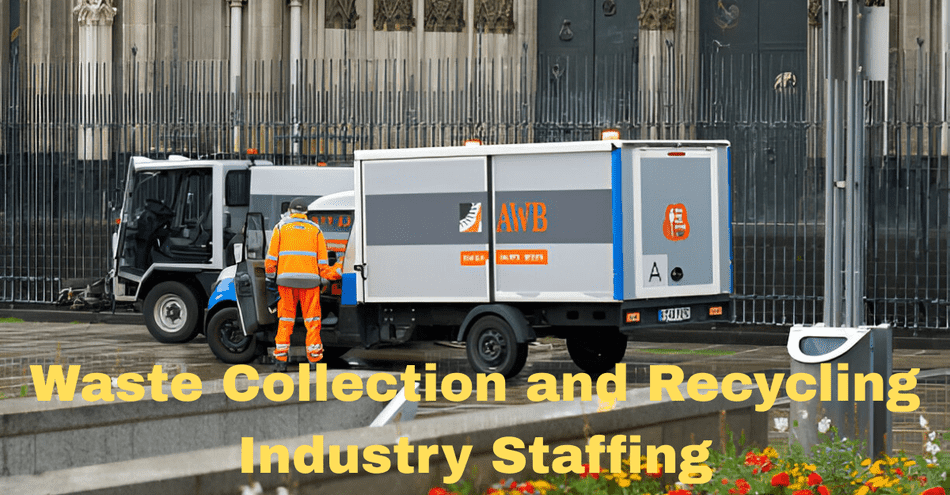The Role of Fish Tags in Building Smarter, Connected Marine Ecosystems

Strong 8k brings an ultra-HD IPTV experience to your living room and your pocket.
Imagine a future where marine ecosystems are monitored in real time, fishing is sustainable by design, and conservation strategies are driven by hard data—not guesswork. That future is already taking shape, thanks to one tiny innovation making waves beneath the surface: fish tags.
Used by researchers, fisheries, and conservationists, fish tags have become indispensable tools in the mission to understand, protect, and sustainably manage aquatic life. But this isn’t just about science—it’s about syncing the natural world with smart technology to ensure oceans remain bountiful for generations to come.
What Are Fish Tags?
These are small devices attached to, or sometimes implanted into, fish. They help track movement, behavior, location, and biological data. These tags come in various forms: external markers, acoustic transmitters, satellite-enabled tags, and even archival tags that store data for later retrieval.
While the technology might be small, its impact is immense.
Why Are Fish Tags So Important?
Overfishing, climate change, and habitat degradation have made it harder than ever to maintain healthy fish populations. Traditional data collection methods—like fishing records or sonar estimates—offer only limited snapshots. Fish tags, on the other hand, provide continuous, individual-based insights over time.
This shift from population-level data to fish-specific tracking has completely changed how marine scientists and policymakers view aquatic ecosystems.
Here’s how these tags are making marine ecosystems smarter and more connected:
1. Real-Time Ecosystem Monitoring
One of the most transformative impacts of fish tagging is the ability to monitor marine life in real time. Acoustic tags, when paired with a network of underwater receivers, allow scientists to track fish movements across vast areas.
For example, in coastal regions where fisheries management is critical, tagged fish can alert researchers about migration changes due to temperature shifts or human activities. This allows for quicker responses to environmental threats or fishing pressure.
It’s a feedback loop that works: fish movements inform policies, and those policies help protect ecosystems.
2. Enabling Smarter Marine Conservation
Marine protected areas (MPAs) are only effective if the fish stay within their boundaries—or at least use them meaningfully. Fish tags provide concrete evidence about whether protected zones are working or if adjustments are needed.
For instance, when tagged fish frequently cross MPA borders, it can indicate the need for larger or differently placed zones. Conservation becomes smarter, not static—evolving with the habits and health of marine life.
3. Improving Fisheries Management
Gone are the days when fishery decisions were made based on seasonal catch reports alone. Now, data collected via these tags helps build predictive models that can forecast fish behavior, growth, and survival across different conditions.
This is crucial for species like tuna, salmon, or cod that are economically vital but highly migratory. Accurate data allows for dynamic quota setting, reducing the risk of overfishing while ensuring economic stability for coastal communities.
Fish tagging has also revealed surprising patterns. For example, studies have shown that some fish travel thousands of kilometers more than previously believed—changing how nations cooperate on shared stock management.
4. Understanding Climate Impact on Aquatic Life
Ocean temperatures are rising, and marine ecosystems are shifting. Fish tags give researchers a window into how fish respond to these changes. Are they moving deeper? Migrating earlier? Avoiding certain habitats altogether?
By comparing movement and behavior data with environmental metrics like temperature, salinity, and pH, scientists can map out the climate sensitivity of various species. That kind of insight is essential for predicting which populations are at risk and which habitats need urgent attention.
5. Driving Innovation in Marine Tech
As demand for smarter ecosystems grows, fish tag technology is evolving rapidly. Miniaturized sensors now record not just location but also depth, heart rate, and even acceleration. Some tags last for years, offering long-term behavioral data.
Additionally, data from these tags can now be integrated with AI systems to detect patterns and anomalies that humans might miss. This synergy of biology and technology is pushing marine science into new territory—creating truly connected ocean systems.
6. Boosting Citizen Science and Local Involvement
It’s not just researchers who benefit. In many areas, fish tagging programs involve local fishers, divers, and community scientists. This democratizes marine conservation and builds local ownership over resources.
With mobile tools and simple scanners, non-scientists can report tagged fish sightings, contributing valuable data. It’s another layer of connection—between people, the sea, and the science that sustains it.
7. Supporting Ecosystem-Based Management
Ecosystem-Based Fisheries Management (EBFM) aims to manage marine resources holistically, considering species interactions, habitat health, and human activity. Fish tags support this model by generating multi-dimensional data—showing not just where fish go, but what they do, when, and why.
This helps managers understand predator-prey relationships, competition, breeding habits, and environmental dependencies. With better context, management becomes more precise, less reactive, and more aligned with long-term sustainability.
8. Creating Smarter Marine Policies
Last but not least, fish tags empower smarter marine governance. The evidence they provide is hard to ignore. When governments and regulatory bodies can see exactly how fish behave and how ecosystems respond, they can create more effective policies.
And since much of this data is open-source and shared internationally, it also strengthens global collaboration in protecting migratory species and high-seas biodiversity.
The Bigger Picture: Connectivity Beneath the Surface
When we talk about “connected ecosystems,” we usually think of the digital world—networks, satellites, and smart sensors. But the ocean is no different. The connected marine ecosystem of tomorrow will be one where data flows freely from the deep sea to desktop dashboards, influencing everything from daily fishing decisions to international marine treaties.
These tags are the critical link in this chain. They’re the silent messengers, the ocean’s storytellers, the pulse of an ecosystem we’re only beginning to truly understand.
Final Thoughts
As the world grapples with environmental crises and the urgent need for sustainable food systems, technologies like fish tags aren’t just innovations—they’re necessities. They give us eyes where we can’t see, voices where we can’t hear, and intelligence from creatures who’ve lived in balance far longer than we have.
By investing in smarter, connected marine ecosystems powered by fish tags, we’re not just tracking fish—we’re safeguarding the future of oceans, communities, and our planet.
Call to Action:
If you’re involved in marine research, fisheries, or environmental policymaking, now is the time to embrace technology that bridges the gap between nature and kn
Note: IndiBlogHub features both user-submitted and editorial content. We do not verify third-party contributions. Read our Disclaimer and Privacy Policyfor details.







